Let’s be honest: Google Sheets wasn’t made for shift scheduling. It’s duct tape for SMBs—fine when your team is small, but not when you’re managing real shifts, real people, and constant changes. Maybe spreadsheets worked when everything was stable. But now? You’re juggling Slack swaps, drowning in cells, and hearing the same question: “When am I working?” It’s time for something better. Here’s what to look for in a shift scheduling tool that actually works—and why it’s finally time to ditch the spreadsheet.
1️⃣ Real-Time Availability: Because Guessing Is Not a Strategy
🔧 What modern tools do
They let your team update their availability on mobile, on the fly. The system automatically flags conflicts and helps managers see who’s actually available.
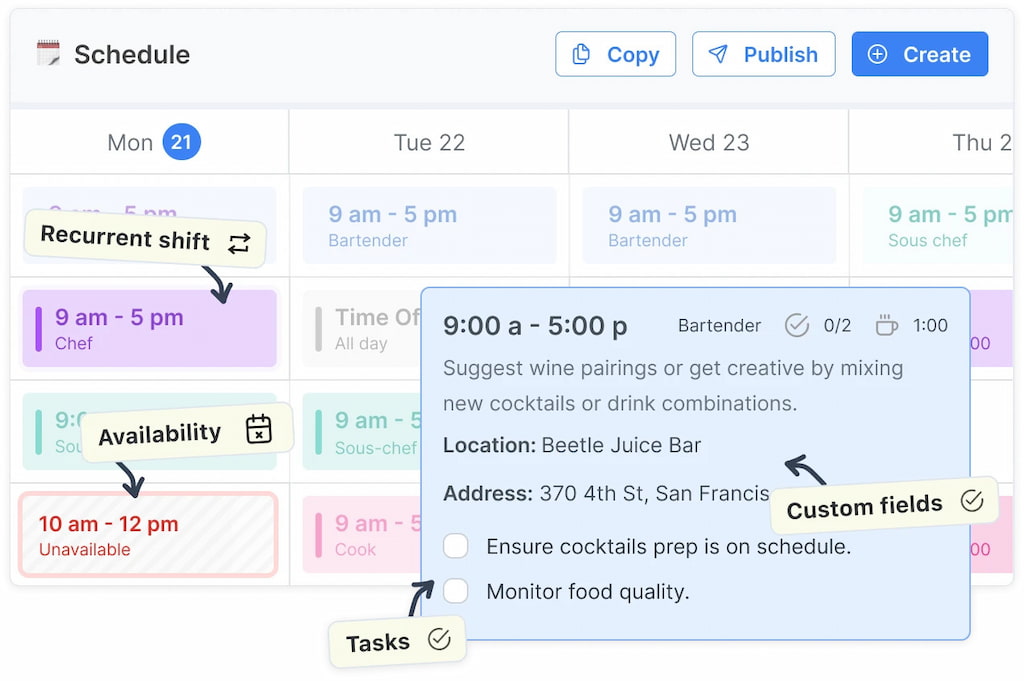
📉 What Google Sheets does
Someone types “can’t work Tues” in a random cell. You don’t see it. They miss the shift. You scramble for backup. Again.
❗ Why this matters
You shouldn’t need a detective badge to know who’s free. Availability should update in real time and be integrated directly into your scheduling view.
💡 Tip for managers: Look for tools that color-code availability and allow recurring patterns—so you’re not entering “can’t do Mondays” 52 times.
2️⃣ Structured Shift Swapping: Empowered Teams, Not Email Chains
🔧 What modern tools do
Enable employees to propose shift swaps, see coverage impacts, and route requests through simple approval workflows. Everything’s logged and transparent.
📉 What Google Sheets does
Two employees text each other, change the spreadsheet at midnight, and forget to tell you. Or worse—they tell you, but not each other.
❗ Why this matters
Shift swaps can be a productivity booster—or a logistical nightmare. Tools with smart swap workflows keep things flexible without chaos.
💡 Look for: Swap logs, approvals, and optional blackout rules (e.g., “no swaps within 12 hours of shift”).
3️⃣ Notifications: Because “I Didn’t Know” Shouldn’t Be an Excuse
🔧 What modern tools do
Automatically notify employees of new shifts, updates, swaps, and time-off approvals via push notifications or email.
📉 What Google Sheets does
You change the schedule. Then you send a group text. A follow-up with two emails. Then someone still misses their shift.
❗ Why this matters
Clarity isn’t enough—delivery is everything. The best tools make shift info unavoidable (in a good way).
💡 Extra win: Tools that let you add shift notes—like “bring ID” or “covering John”—improve prep and accountability.
4️⃣ Mobile-First Access: Because Nobody’s Checking the Desktop Sheet
🔧 What modern tools do
Provide a clean mobile app or responsive web view. Employees can check shifts, request time off, and swap right from their phone.
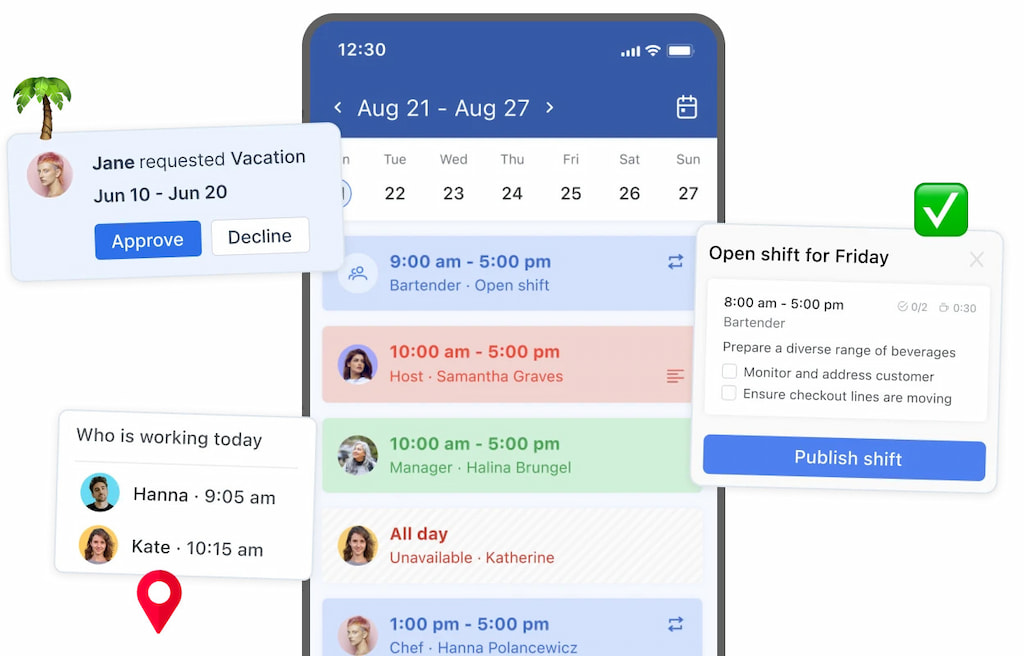
📉 What Google Sheets does
It technically “works” on mobile. But zooming, scrolling, and accidental edits make it more frustrating than useful.
❗ Why this matters
Your team isn’t sitting at a desk. If they can’t interact with the schedule from their phone, you’ll be stuck relaying updates like a carrier pigeon.
5️⃣ Built-In Time-Off Management: Because Calendars and PTO Shouldn’t Be Separate
🔧 What modern tools do
Let employees request time off directly in the platform. Managers get alerts, see coverage impacts, and approve within seconds.
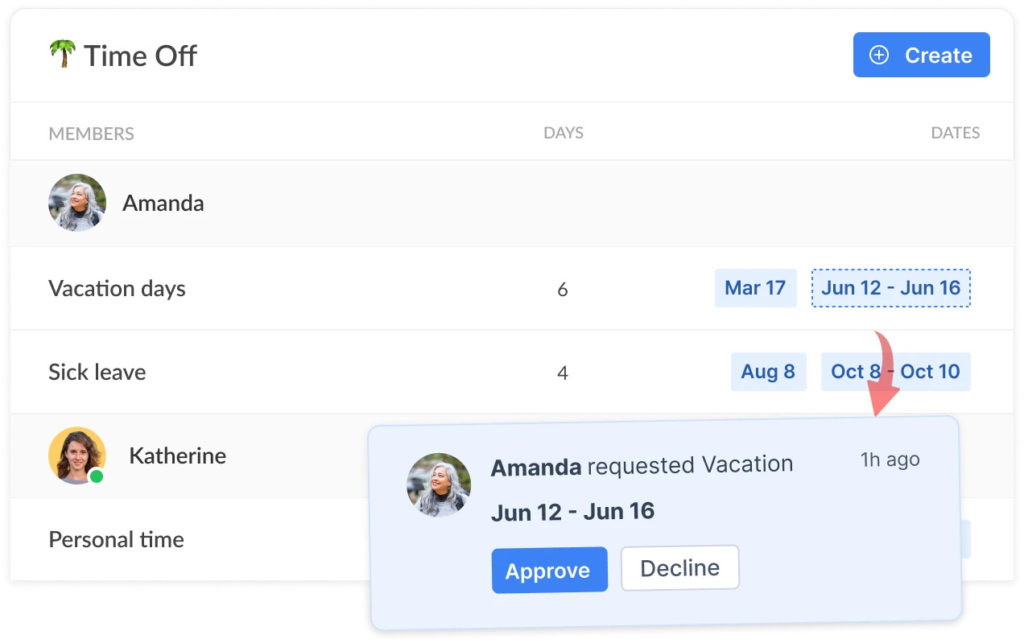
📉 What Google Sheets does
Maybe there’s a “time off” tab. Maybe people send emails. Nobody knows who’s off until it’s too late.
❗ Why this matters
Time-off requests are part of scheduling, not a separate workflow. Connecting the two means fewer surprises and better coverage planning.
💡 Pro move: Choose a tool with visibility into approved time off on the calendar. Context is everything.
6️⃣ Open Shift Claiming: Let People Help Themselves (and You)
🔧 What modern tools do
Allow managers to publish unfilled shifts. Team members can claim them if eligible, with or without manager approval.
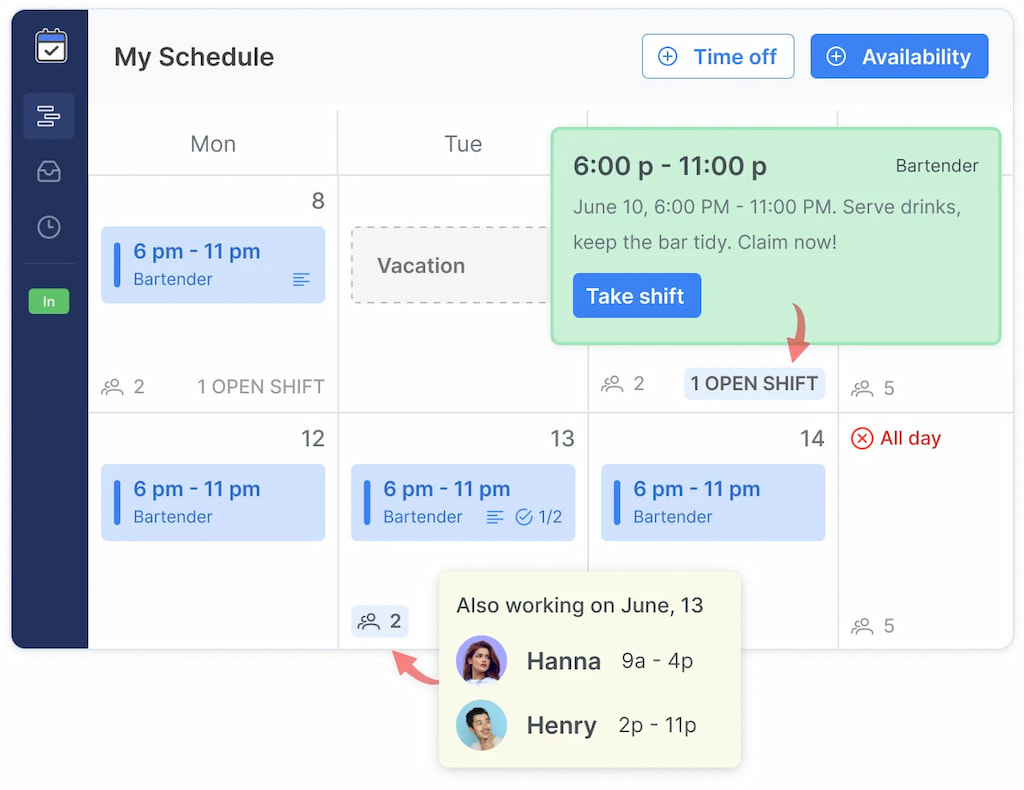
📉 What Google Sheets does
You post a “NEED COVERAGE” note in red. Then you wait. Beg. Then you fill the shift yourself.
❗ Why this matters
Empowering employees to pick up shifts gives you flexibility, reduces gaps, and surfaces team members hungry for more hours.
💡 Look for: Rules-based claiming (seniority, availability) and visibility into who saw the open shift but passed.
7️⃣ Shift Visibility: Transparency = Trust
🔧 What modern tools do
Display the full schedule in real time—who’s working, what roles, and how coverage looks over the week or month.

📉 What Google Sheets does
Some tabs here, some notes there. Color codes that only you understand. People checking in with “Is this final?”
❗ Why this matters
The more visibility your team has, the fewer surprises you deal with—and the more ownership they take.
8️⃣ Automated Labor Reporting: Because You Don’t Have Time for Pivot Tables
🔧 What modern tools do
Track scheduled vs. worked hours, overtime, labor costs, and budget adherence. Export reports with a few clicks.
📉 What Google Sheets does
You try building a formula. It breaks. You try again. It still breaks. You give up and do it manually.
❗ Why this matters
Scheduling isn’t just about coverage—it’s about cost. Insights = smarter decisions.
💡 Bonus: Look for tools that integrate time tracking or payroll prep so your schedule becomes an operations hub.
9️⃣ Shift Notes and Context: No More Sticky Notes and Slack Threads
🔧 What modern tools do
Let you attach notes to shifts—reminders, announcements, special duties, training info. It’s all in one place.
📉 What Google Sheets does
If you’re lucky, someone adds a cell comment. More likely, you send a separate message that gets lost.
❗ Why this matters
Most shift issues stem from missing context. Notes give people the full picture—and prevent last-minute confusion.
🔟 Guardrails to Prevent Mistakes Before They Happen
🔧 What modern tools do
Alert you when shifts break labor rules, push someone into overtime, or double-book an employee.
📉 What Google Sheets does
Nothing. Until it’s too late.
❗ Why this matters
Mistakes are costly. Smart scheduling tools keep you compliant, covered, and sane.
💡 Essential features: Overtime warnings, rest period enforcement, minor labor law checks.
BONUS: What Great Scheduling Tools Also Do
- 🔄 Drag-and-drop interface – Reschedule shifts fast, no hassle
- 📍 Multi-location support – Perfect for franchises or remote teams
- 🎯 Role-based scheduling – Match the right people to the right shifts
- 🔗 Calendar & payroll integration – Keep your workflow connected
- 💬 Built-in team messaging – No more email chains or group texts
Google Sheets doesn’t do any of that. And if you’re manually building all these layers, you’re effectively building your own product. Stop.
Why Teams Are Switching to Shifts by Everhour
Enter: Shifts by Everhour—a clean, powerful scheduling platform that solves all the scheduling problems above without turning your life into a user manual. You’ll get:
- Real-time availability tracking
- Smart notifications and mobile access
- Built-in time-off tools
- Open shifts with eligibility rules
- Manager visibility and approvals
- Labor cost and hours tracking
- Easy clock-in and clock-out
- A user interface your team won’t hate
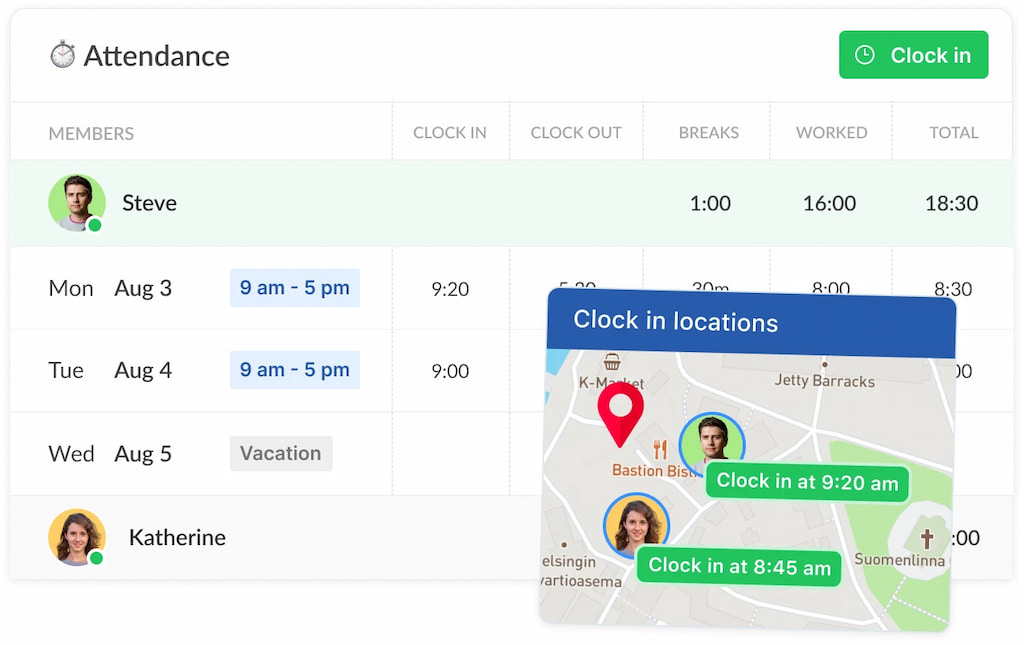
And yes—it replaces your spreadsheet on day one. No steep learning curve. No bloated software. Just smart, intuitive scheduling for teams that want clarity without chaos.
Final Word: Google Sheets Got You This Far. Shifts Takes You Further.
We’re not here to bash spreadsheets. They’re great—until they aren’t. At a certain point, every team grows out of the DIY solution. You need automation, structure, and transparency. You need to scale operations without increasing the headache. And you need to make shift management something your team trusts—not tolerates.
So if you’re still manually updating cells, chasing texts, and fighting fires… It’s time.
- Learn why manual scheduling costs your business a lot and how a shift scheduling tool will fix that!
- Start creating a fair scheduling system with team visibility today and empower your staff with clarity and trust.
- Explore the best franchise scheduling software for multi-location businesses!

